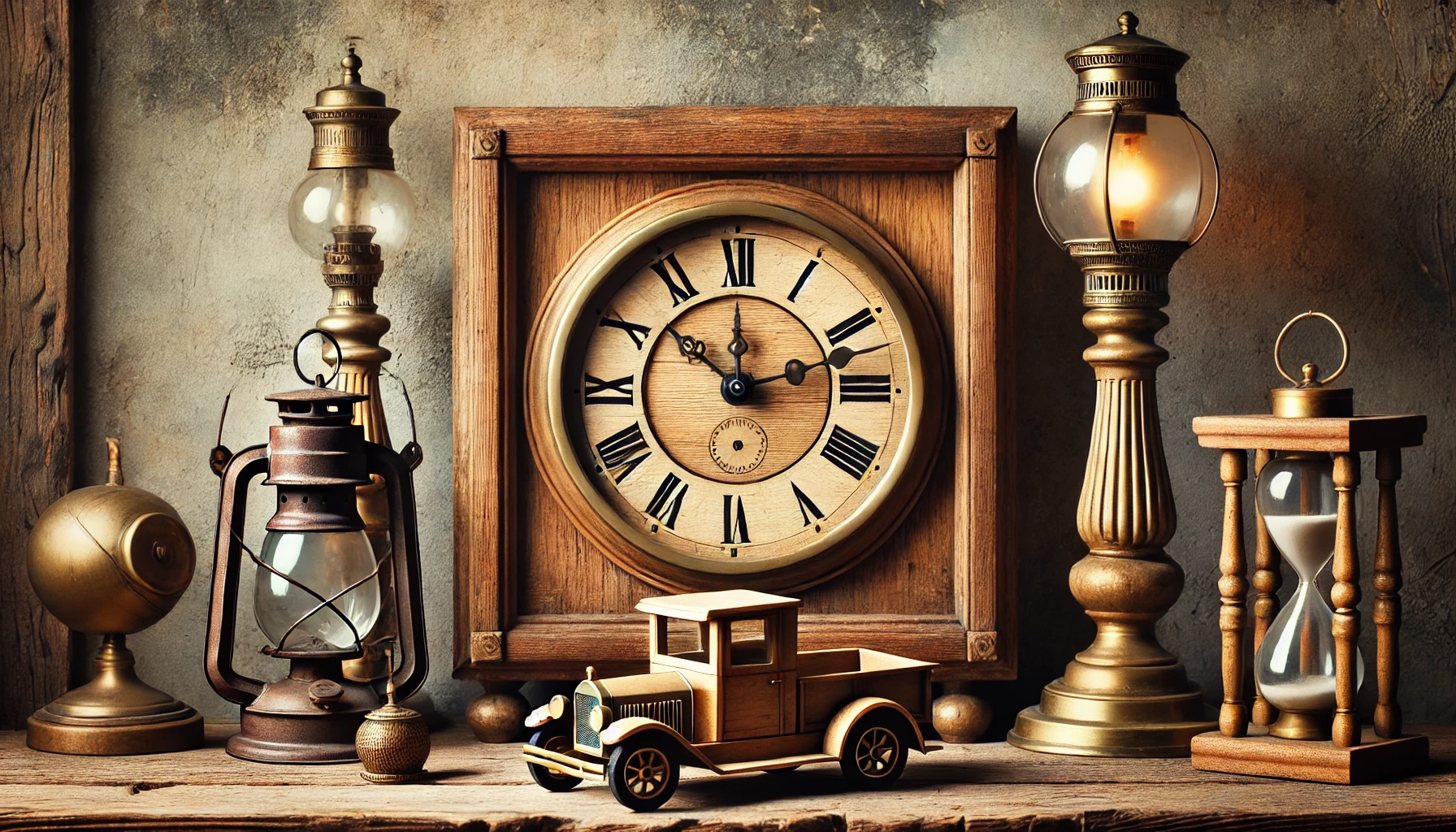In a world dominated by digital displays and smart gadgets, there’s something undeniably magical about an old-fashioned clock. These classic timepieces aren’t just tools to tell time; they’re a piece of history, a decorative statement, and a gentle reminder of simpler days. Whether you’re a collector, a fan of vintage decor, or simply intrigued by their charm, this guide will walk you through everything you need to know about old-fashioned clocks.
What Is an Old-Fashioned Clock?
An old-fashioned clock, also known as a vintage or antique clock, refers to timepieces designed in classic styles from past eras. They often feature intricate craftsmanship, mechanical movements, and unique designs that stand apart from modern digital clocks. Popular types include:
- Grandfather Clocks: Towering floor clocks with pendulums and chimes.
- Cuckoo Clocks: Playful clocks with animated cuckoo birds that chime the hour.
- Mantel Clocks: Compact clocks often placed on fireplaces or shelves.
- Wall Clocks: Ornate clocks mounted on walls, ranging from rustic to elegant designs.
Why Choose an Old-Fashioned Clock?
Old-fashioned clocks offer more than just functionality. Here’s why they remain popular even in today’s high-tech age:
1. Timeless Aesthetic
Old-fashioned clocks add character and warmth to any space. Their intricate designs and vintage appeal make them perfect for enhancing traditional, rustic, or even eclectic decor.
2. A Touch of History
Owning an antique or vintage-style clock is like owning a piece of history. Many clocks are handcrafted and reflect the artistic trends of the era they were made in.
3. Long-Lasting Quality
Unlike many modern clocks, old-fashioned timepieces are often built to last. Made from high-quality materials like solid wood, brass, and glass, they can endure for generations.
4. A Conversation Starter
These clocks can spark curiosity and admiration. Whether it’s a cuckoo clock with moving parts or a majestic grandfather clock, they’re sure to catch the attention of your guests.
Types of Old-Fashioned Clocks and Their Features
1. Grandfather Clocks
- Features: Pendulum, chimes, and ornate woodwork.
- Best For: Large spaces like living rooms or entryways.
- Fun Fact: The name “grandfather clock” comes from a 19th-century song called My Grandfather’s Clock.
2. Cuckoo Clocks
- Features: Animated cuckoo birds and whimsical designs.
- Best For: Adding charm to kitchens, dining rooms, or playrooms.
- Fun Fact: Originating in Germany, cuckoo clocks are often handcrafted in the Black Forest region.
3. Mantel Clocks
- Features: Compact size, decorative cases, and elegant dials.
- Best For: Fireplaces, desks, or shelves.
- Fun Fact: Many mantel clocks were designed to match furniture styles of the early 20th century.
4. Wall Clocks
- Features: Hanging design, versatile sizes, and styles ranging from rustic to industrial.
- Best For: Kitchens, hallways, or offices.
- Fun Fact: Wall clocks became widespread after the Industrial Revolution made them more affordable.
Tips for Choosing the Perfect Old-Fashioned Clock
When shopping for an old-fashioned clock, keep these tips in mind to find the one that suits your style and needs:
- Consider Your Space
- A large grandfather clock works best in spacious areas, while a mantel or wall clock is ideal for smaller rooms.
- Match Your Decor
- Choose a clock that complements your existing decor. For example, a carved wooden cuckoo clock pairs beautifully with rustic settings.
- Check for Authenticity
- If you’re looking for a genuine antique clock, verify its age and origin. Look for signs of wear or markings from the manufacturer.
- Decide on Functionality
- Do you want a working clock or just a decorative piece? Some older clocks may need repairs or servicing to keep time accurately.
Caring for Your Old-Fashioned Clock
To keep your clock ticking for years to come, follow these care tips:
- Clean Regularly: Dust the exterior gently with a soft cloth. Use a glass cleaner for the face.
- Avoid Direct Sunlight: Prolonged exposure can fade wood and damage delicate mechanisms.
- Wind It Properly: If it’s a mechanical clock, follow the manufacturer’s guidelines for winding.
- Service It Periodically: Consider professional servicing every few years to maintain its precision and condition.
Where to Buy Old-Fashioned Clocks
You can find old-fashioned clocks at various places, including:
- Antique Shops: Great for authentic, one-of-a-kind pieces.
- Online Marketplaces: Websites like eBay or Etsy often have a wide selection.
- Specialty Clock Stores: Ideal for new, vintage-style clocks with a classic look.
- Auctions and Estate Sales: Perfect for finding rare and collectible clocks.
Conclusion
An old-fashioned clock is more than just a way to tell time—it’s a statement of style, history, and craftsmanship. Whether you’re looking to enhance your home decor or start a new collection, these timeless pieces are sure to bring charm and character to any space. So, why not add a touch of nostalgia to your life with an old-fashioned clock?
FAQs
1. What is an old-fashioned clock?
An old-fashioned clock refers to a vintage or antique-style timepiece, such as a grandfather, cuckoo, mantel, or wall clock.
2. Are old-fashioned clocks expensive?
Prices vary widely. Genuine antiques can be pricey, but vintage-style clocks are available at affordable prices.
3. Do old-fashioned clocks require maintenance?
Yes, especially mechanical ones. Regular cleaning and occasional servicing keep them in good working condition.
4. Can I repair an old-fashioned clock myself?
Minor fixes like replacing a battery or cleaning are manageable, but complex repairs should be handled by a professional.
5. Where can I buy an old-fashioned clock?
Antique shops, online marketplaces, specialty stores, and auctions are great places to find old-fashioned clocks.
Add an old-fashioned clock to your home and enjoy a blend of practicality, beauty, and a little slice of history!
